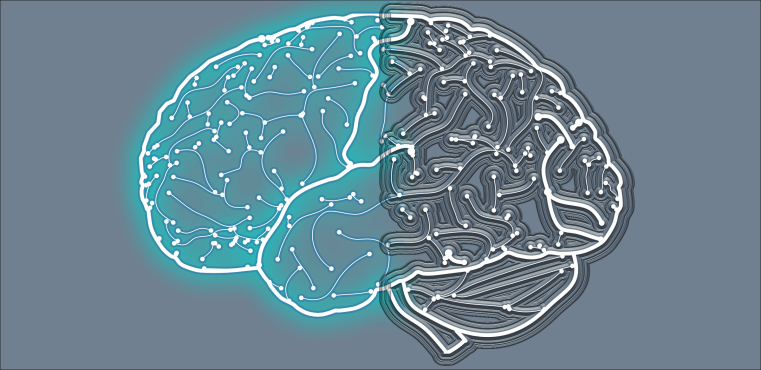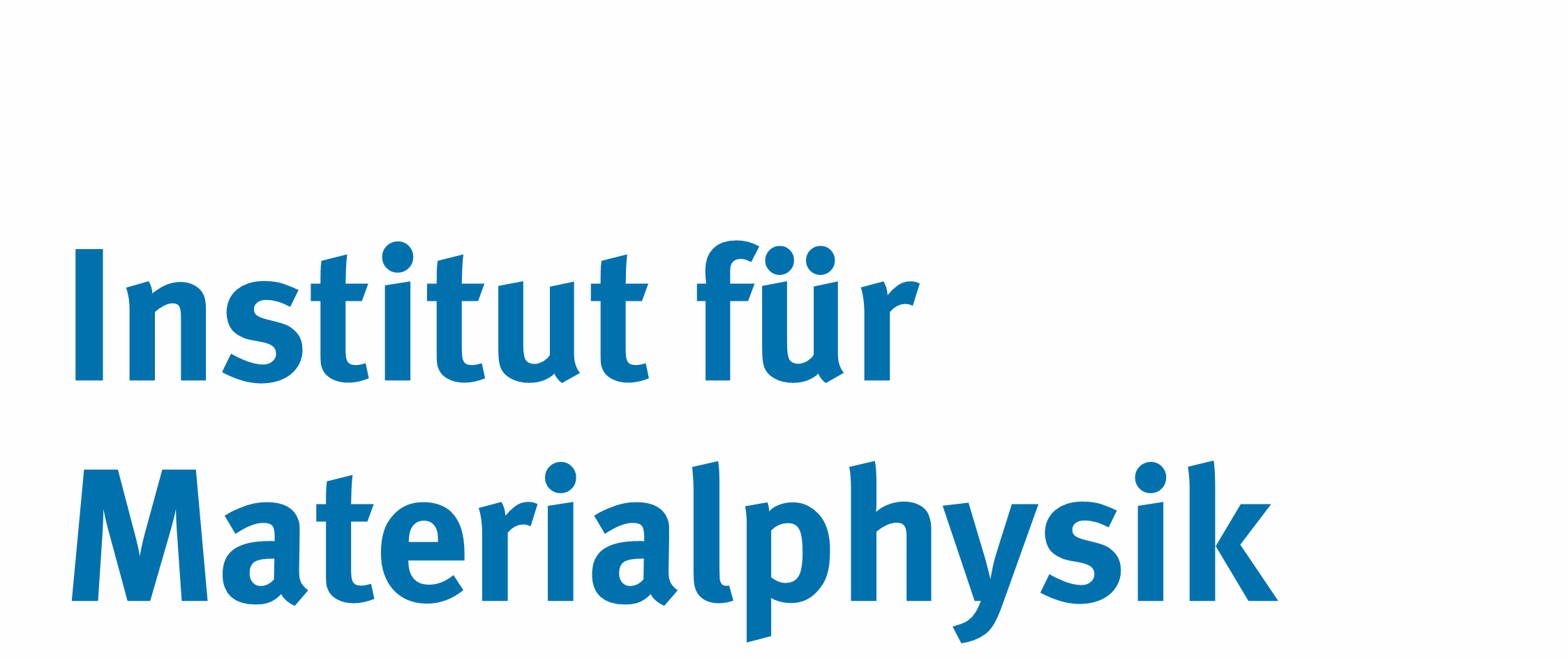
Utilizing Phase Change Materials in Novel Processors
Today, almost all of our computers are based on the von Neumann architecture, where processing and memory are separated. Hence, data must be shipped back and forth between the processing unit and memory, which is costly in terms of time and energy. In-memory computing, in contrast, breaks with the von Neuman paradigm by collocating processing and memory. This is especially useful for calculating matrix-vector multiplications, which make the majority of calculations performed in neural networks.
Therefore, new memory technologies are object of intense research to develop novel electronic and photonic in-memory processors. Their distinct property contrast between the crystalline and amorphous states along with their ability to crystallize within nanoseconds makes phase change materials well suitable for these applications. The contrast in electrical resistance is exploited in electronic memory cells and the optical contrast in attenuators and interferometers for integrated photonics. Optimal performance in a specific application, however, can only be reached when tailored materials with optimized properties are used. We investigate novel materials with respect to their electrical, optical and structural properties to enable a new generation of fast and efficient hardware for artificial intelligence.
For more information, please contact:



